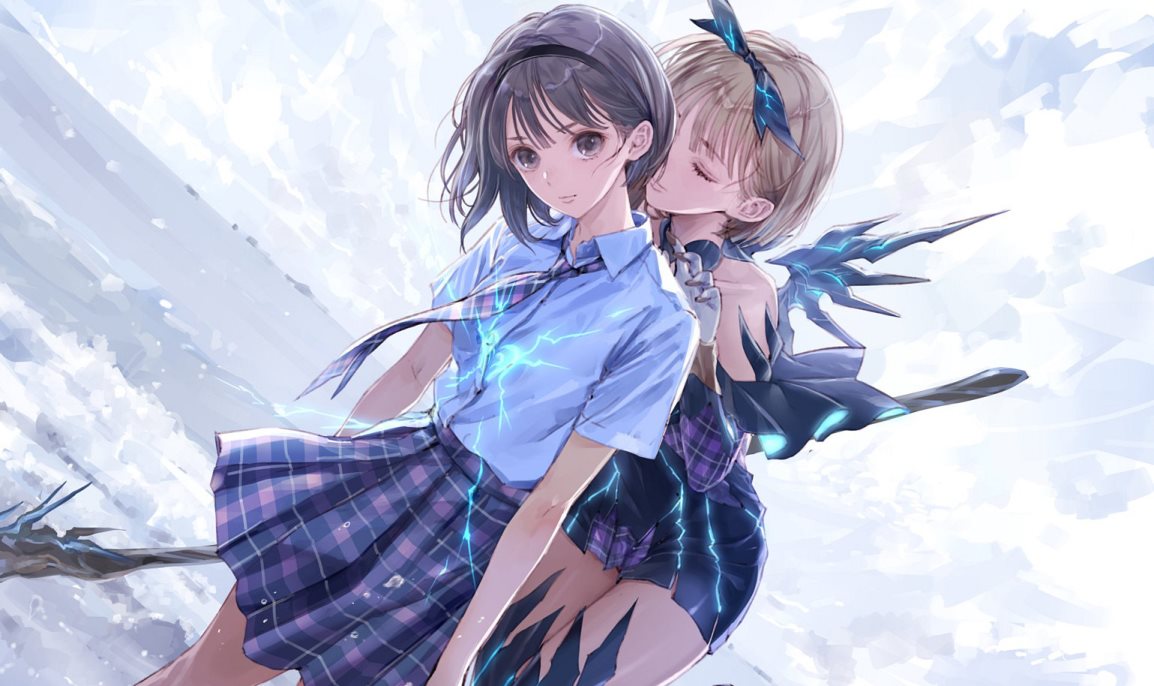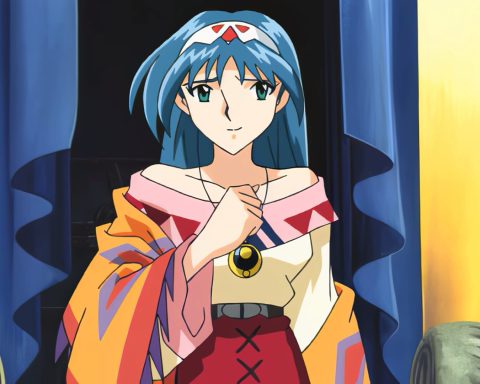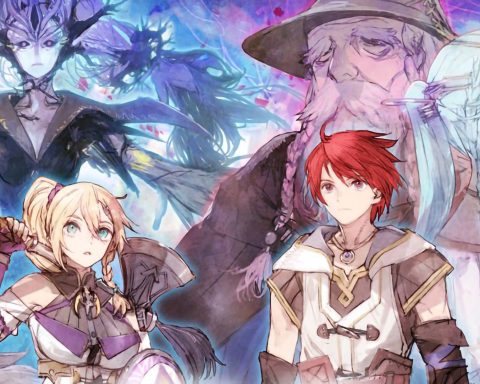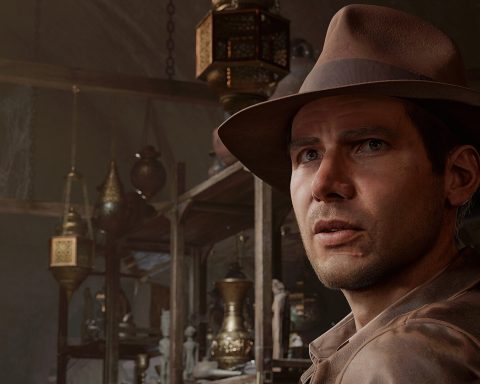The Caligula Effect was the smartest game that almost no one played. Sadly, while I would very much like to see the sequel get the attention that it deserves, I do think it’s going to be a case of history repeating here. The problem that both the original and, now, Caligula Effect 2, face is that they’re a little too introverted and obtuse. It’s great for someone like me, but I’ve got a fairly good idea how the critical consensus will go already.
There are so many different themes that this game explores. It explores the idea that idols (virtual or real) have become a stand-in for “God” as people become increasingly distanced from traditional religion. It explores the idea of nostalgia – the game is prominently set in a school, and the characters are school-aged in the virtual world, thought their ages can be significantly different in the real world. The game asks why we associate such years with being “carefree”, and subtly subverts the way that so many other games (including Persona, which Caligula owes a lot of its mechanics to) use school settings to give players a kind of nostalgic fantasy.
Most importantly, though, both The Caligula Effect and its sequel pick through the implications of what it means that we’re increasingly able to construct reality around us. The combination of digital technologies, AR and VR are increasingly allowing us to “paint over” reality to better suit our aesthetics and social preferences. But what does that mean to our relationships and interaction with the world? While it is true that these were all themes in the original Caligula Effect, they’re good, thinky topics, and The Caligula Effect 2 does present them in a more streamlined, accessible manner than we saw in the first.
The Caligula Effect 2 is also filled with plenty of memes and online culture stuff, and features some fourth-wall-breaking humour thrown in for good measure. While the game grapples with some complex and poignant ideas, it’s certainly not out there to bore you, and this development team found that balancing act with a sense of humour that is self-aware and wry. I wouldn’t say that I thought that every individual joke hit home, however, it the overall context of the game, the sense of humour that it has going for it fits nicely.
The combat system has been refined from the unique and fascinating combat of the first Caligula Effect. Like in that game, it’s turn-based, but also rhythmical. When it’s a character’s turn to act, they choose one ability to use and an enemy to target – common enough to all turn-based JRPGs. The difference with this one is that once the attack has been chosen, you need to also time it. Each character’s actions happen on a bar that looks a little like a musical stave. You can move the “timing” of the action forward or backwards on this, to accelerate or decelerate the point that the action takes place. And then you hit the “play” button, and like a carefully choreographed group of dancers, your attacks will play out.
Learning how to manipulate this system early is important, because it makes all the difference as to whether The Caligula Effect 2 is manageable or very, very difficult. Enemies will project attacks, and you need to have the right characters use the right moves at the right time to counter them. Once countered, other characters in the party will be able to do boosted damage, but that too needs to be properly timed. Then there are the defensive abilities and characters to take into account… “turn-based dancing” really is the best way to describe what happens in The Caligula Effect 2’s combat system, and while it is much more refined than what went on in the first, its logic system and the interplay between characters and abilities have a definite learning curve. It’s rewarding, but obtuse, and quite brave of the developers to stand by it after the way people responded to the similar system in the original. It’s thematically and narratively potent, given that combat takes place inside a siren of music where enemies have been driven “mad” by the rhythms, and it’s highly strategic and makes every battle distinct, but it’s never going to be the most popular approach to combat.
What I didn’t enjoy so much about The Caligula Effect 2 is the scope of the dungeons. This was an issue with the first one too, but they’re far too long for what they offer, and end up coming across as repetitive. The fact that your party heals to full health at the end of the battle means that the dungeons lack the urgency that a “war of attrition” typically grants them, and the environments are themselves a little too basic for their own good – they’re pretty, and worth exploring because every nook and cranny has some kind of treasure – but they’re also featureless and in comparison to, say, Persona 5, the empty nature of the dungeons is notable.
I mention “Persona,” because in many ways The Caligula Effect 2 is inspired by it. As I mentioned above, the game itself acts as a subversion of the way that Persona aims to present genuine relationships. I cried at the end of Persona 4 because the gang that had become so close were going their separate ways. But since the characters in The Caligula Effect are trying to escape their reality and their relationship to one another, those bonds are superficial. It’s superficial by design, but practically speaking, these relationships and bonds between the characters are superficial nonetheless.
For example, The Caligula Effect has a relationship system like the Persona titles. Spend enough time with the character through the dungeons and whatever, and you’ll be able to go on social outings with them, to increase your relationship with them and gain certain benefits in working together. In Persona these “dates” have always been elaborate digs into the character’s psyche. In The Caligula Effect, they’re almost the opposite issue to the dungeons – where those were exhaustingly long, these are brief and come across as incredibly superficial. The latter half of these “social links” do drive a little deeper, but it’s certainly never enough to create a convincing bond between the characters. Is this because of budgetary constraints? Possibly, though they’re simple animated cut scenes and about the only cost involved would have been the writer. Do they stem from a lack of storytelling maturity? The very concept of the game would suggest that the writers are quite competent. No, the superficiality that runs through the relationships of the characters is quite clearly deliberate and reinforces the rest of the themes that the game is driving at.
Naturally I can’t give away the narrative direction that The Caligula Effect 2 goes, but given that it is a fundamentally subversive and questioning work, you should assume that it has some surprises in store for you by the end. You’ll want to settle in for the long haul, too. In part because the dungeon sequences drag on, but also because the quest system outside of battle remains really quite impenetrable. There are a lot of characters floting around the non-combat hubs, and many of them have little sidequests to complete for rewards. The problem is that managing the list of quests is a pain, and finding the right character at the right time can be annoying, since they often move about. Some of the best narrative moments and humour occurs in those side-stories, so I suck them out longer than I thought I would, but it’s still a pacing issue, especially when the heart of the narrative is about working with some urgency.
Finally, I must mention the art style, because while The Caligula Effect 2 seems simple, the high contrast and bold colour approach is really vivid. During battle, the boundaries of the environment become a surrealistic cacophony of noisy, edgy art to accompany the music, and each of the characters has a distinctive flair to them. It’s not a typical approach to anime-style art for an anime-style game by any means, but it is gorgeous and a highly mature approach to aesthetic that matches beautifully with a richly woven, complex narrative.
There is no doubt that The Caligula Effect 2 is a niche within a niche, and the fact that the second game so closely follows the first just confirms that the developers are comfortable with that. While it might not click with everyone, it’s worth trying, because if you do like your games a bit thoughtful and arty, then this is going to be one of the highlights of the year.
– Matt S.
Editor-in-Chief
Find me on Twitter: @mattsainsb









